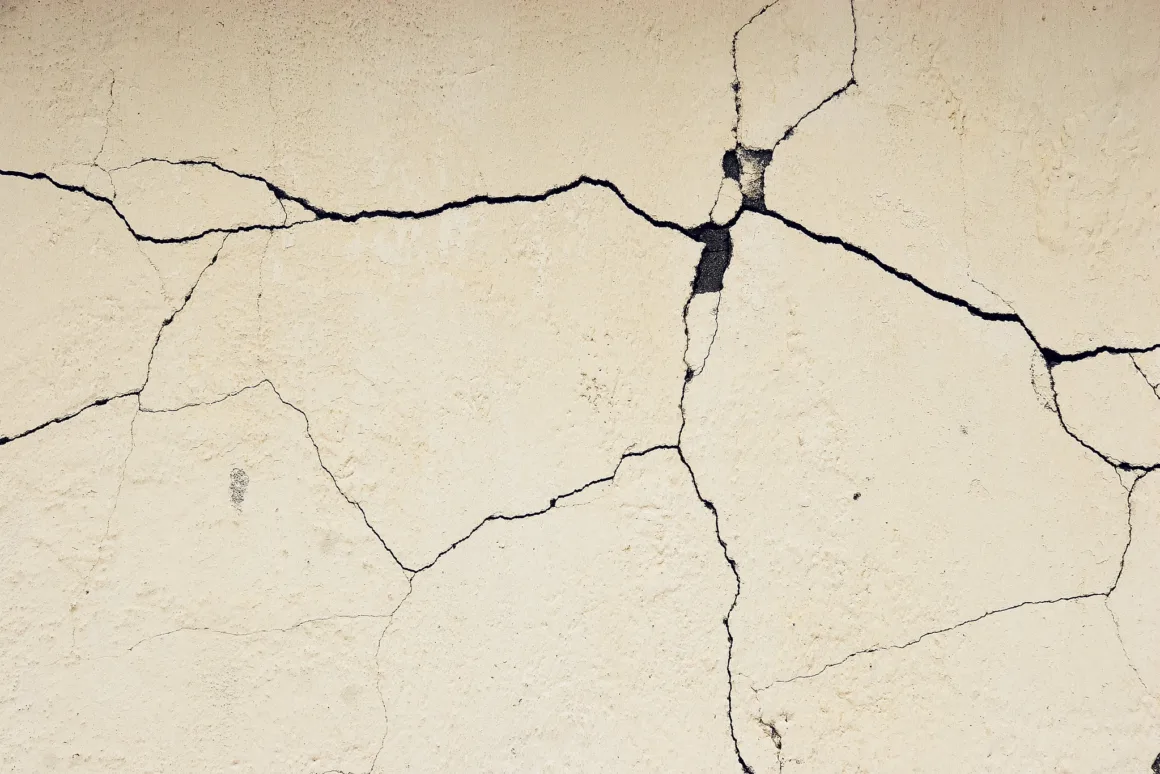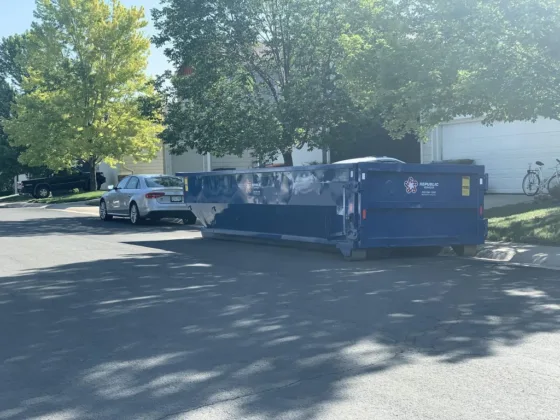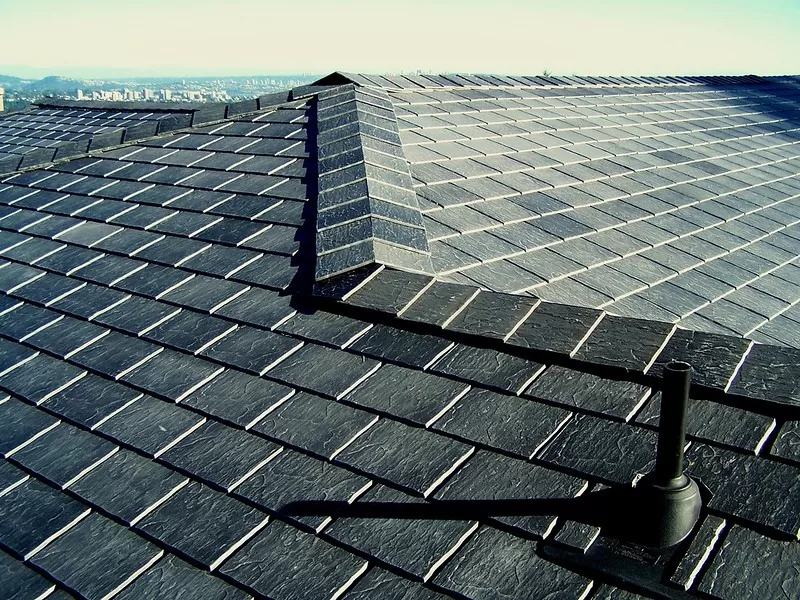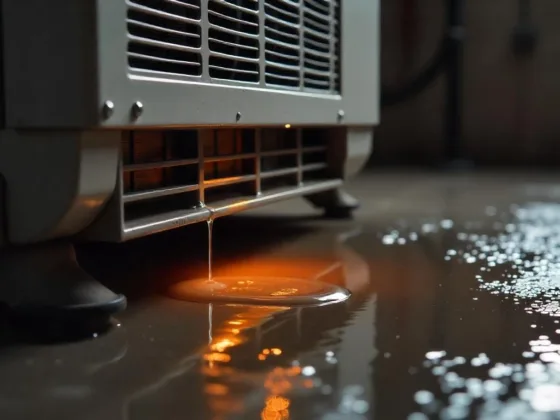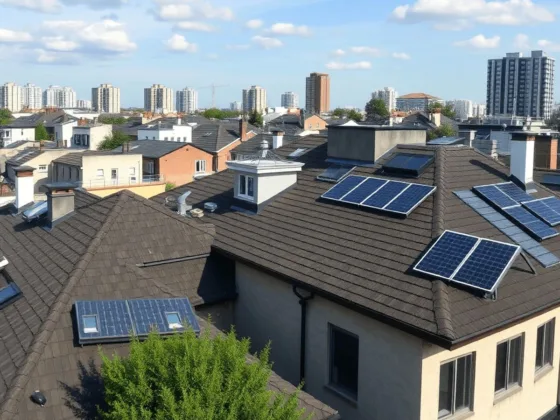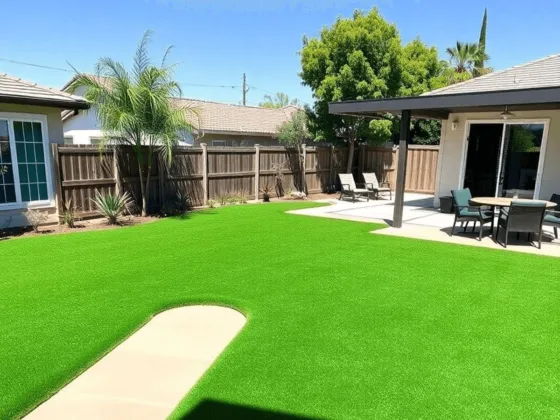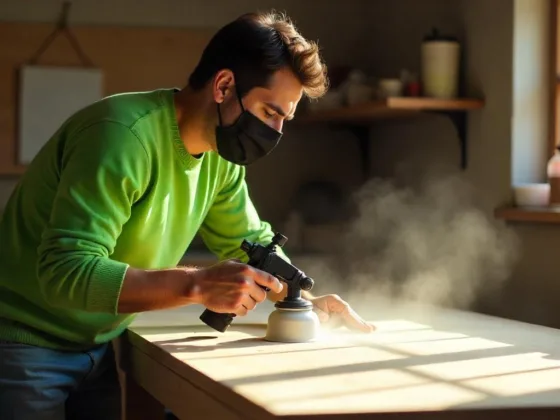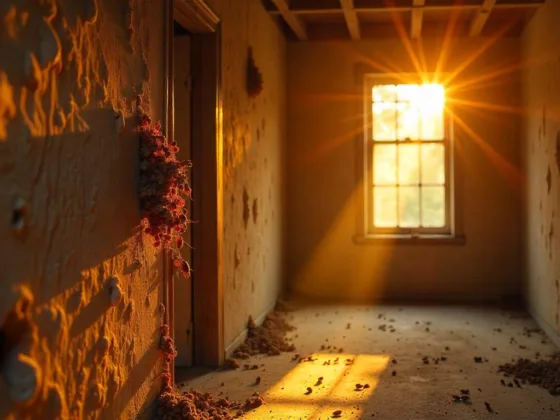When wall cracks occur, it might cause panic because you are not sure of the wall crack’s underlying source and the extent to which it might go.
Some wall cracking causes may lead to severe damage, but here are ways to help prevent wall cracks in your commercial or residential building.

- When your building is under construction, ensure you are working with both a structural and geotechnical engineer to build a strong foundation and test your structure’s formation level.
- As a structural engineer, you need to have enough foundation support to bear all the structural parts and walls’ weight to prevent wall cracks.
- As for the geotechnical engineer, his or her work will include ascertaining that the subgrade underneath is well-fitted, proper stability arrangement ascertained, and all the needed support steel is fitted.
- As a commercial or homeowner, the reports from the geotechnical engineer will be used by the structural designer to create a strong basis for the builder to use.
- The foundation report should indicate the accurate footing specs and a drawing plan that your constructor will follow as a guideline to meet the recommended standards of a strong foundation.
- As a builder, you should ensure that the appropriate brick and construction cement for that particular building is used to prevent future wall cracks.
- As a builder, you also need to know the difference between Type N and Type S masonry cement and when to use them. For instance, masonry veneer bricks can be used with Type N cement to prevent wall cracks in a humid area.
- On that same note, to prevent cracking walls due to water invasion, you can use a water repellent additive such as Drylok depending on the thermostatic pressure.
- Ensuring you are using a water repellent with your cement is necessary to avoid allowing water to penetrate through the building joints and cause walls to crack.
- If you are opting to use veneer bricks, you need to ensure you are providing enough support to your walls by strengthening your walls using strong wires and stable bricks.
- On that same note, your veneer brick walls will have to use strong brick fasteners to hold the structural frame to avoid wall cracks firmly.
- As a builder or constructor doing masonry work, to reduce shrinkage, regulate temperature, and prevent cracks, you need to reinforce your structures’ horizontal ties using construction wires.
- As a builder, you are required to use WeepVent to help regulate air circulation into and out of the building through the cavity walls.
- It can also help prevent insects and water from penetrating through the weep holes and interfere with the wall cavity.
- The use of a Mortar net is necessary to prevent the mortar from dropping when building walls.
- As a builder, ensure when laying your bricks, the mortar is well set to bond correctly with the brick; otherwise, your wall will crack. Also, avoid using a dry or too rigid mortar as it will not correctly set with the brick.
- On that same note, you can spray some water on the wall to ensure the mortar is not dry but provides the support needed for maximum stability.
- Once you are fixing the horizontal joint, whether you are using hollow-core brick or concrete brick, ensure you wholly fill the head and bed joints.
- As a builder, you need to know that cracks happen when bricks are poorly laid over each other. When working on the vertical joints, the stretcher bond type of brick bond pattern prevents wall cracks.
- The Stretcher bond involves laying off half a brick within stretchers. By doing so, you are ensuring that wall cracks will not cause a significant problem and if so, they won’t stretch over a great distance.
- How do you prevent wall cracks on long walls? By use of a movement joint or expansion joints.
- An expansion joint is intended to hold components together, increase and decrease as temperatures vary, and support movement due to seismic motion.
- As a contractor, when using concrete bricks loaded with heavy compositions, you should use angle lintel to bear the weight of high walls to prevent cracks.
- Angle lintel is coated with steel, fused, or bolted to offer support to the walls by reducing weight load at the lower bricks, so the top bricks are vital to provide wall stability and avoid cracks.
There are many reasons why a wall may crack, some you can control, some you cannot. Understanding the crack source is easier to get to the root of the cause and fix it.
